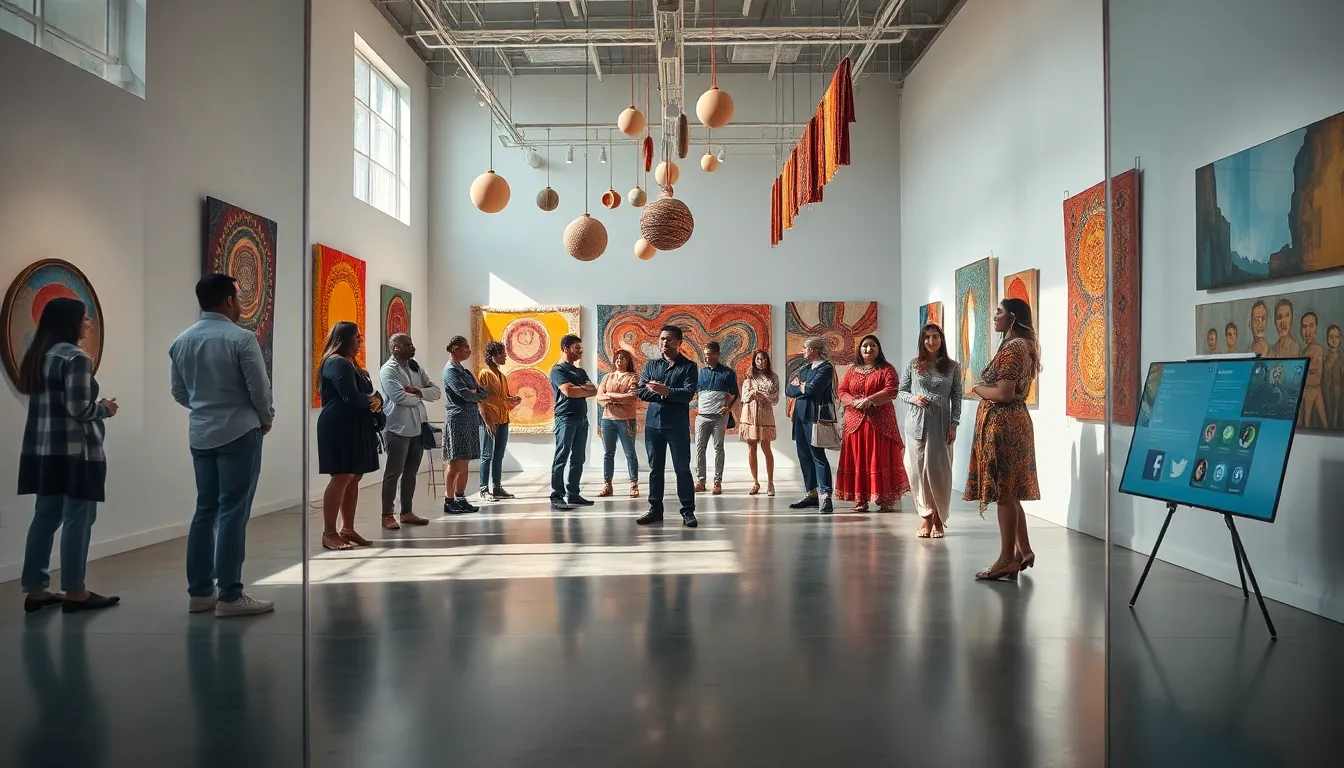Physical Address
304 North Cardinal St.
Dorchester Center, MA 02124

In today’s rapidly changing cultural landscape, the concept of Haiikurti is making waves that cannot be ignored. It’s not just another buzzword tossed around: it embodies a unique synergy of ideas, art, and community engagement. Those who think culture is stagnant should brace themselves: Haiikurti is here to shake things up. So, buckle your seatbelts as we jump into the intricate layers of this exciting cultural phenomenon that has enthusiasts and skeptics alike hitting the commentary section. Who knows? You might find yourself part of something quite remarkable.

Haiikurti finds its roots in a rich tapestry of cultural influences that span across different regions and traditions. The term itself arises from a blending of indigenous traditions and modern expressions. People often associate it with a way of life that encourages creativity and collaboration among diverse groups. Think of it like a melting pot where ancient wisdom meets contemporary art forms, giving rise to something both new and timeless.
Several key movements have shaped the evolution of Haiikurti. For instance, the global push for sustainability has played a massive role in this cultural narrative. Artists and activists, driven by a need to address environmental concerns, have, in many ways, intertwined their messages with Haiikurti, making it not just an aesthetic movement but also a moral stance. Also, the influence of social media cannot be overlooked: platforms like Instagram and TikTok have allowed for the viral spread of Haiikurti’s themes and ideas, making them accessible to a much wider audience.
When analyzing Haiikurti, it’s beneficial to compare it with other cultural movements like Dadaism or Surrealism. While Dadaism thrived on chaos and anti-art sentiments, Haiikurti seems to aim for more unity and connection. Its themes often revolve around community, resilience, and the fusion of old and new. This connection makes it distinctive and more rooted in contemporary social issues, unlike earlier movements that may have strayed too far into abstraction.
Digital platforms have drastically changed how Haiikurti is perceived and experienced. This movement is not confined to galleries or theaters: instead, it thrives in the virtual world where artists share their work instantly. Influencers and online creators have become its champions, expanding its reach and allowing it to take on various forms, from digital art to interactive workshops. The power of likes and shares can’t be underestimated: these digital gestures lend credibility and visibility to a movement that thrives on community validation.
As the world becomes increasingly interconnected, the potential for Haiikurti to take root globally is huge. Regions with rich cultural heritages, especially in Asia and Africa, are beginning to adapt aspects of Haiikurti into their local customs. This adaptability can enrich the original movement while maintaining its core ideals. You might soon find Haiikurti-inspired festivals popping up not just in urban centers but in remote villages across various continents, showcasing the universal longing for connection and creativity.
Even though its rapid growth, Haiikurti faces skepticism from various quarters. Some critics argue that it risks becoming commodified, transforming from a grassroots movement into another marketing gimmick. Others question its depth, asserting that not all expressions labeled as Haiikurti are genuinely representative of its philosophy. These critiques raise important questions about authenticity in a world that often blurs the lines between culture and commerce.